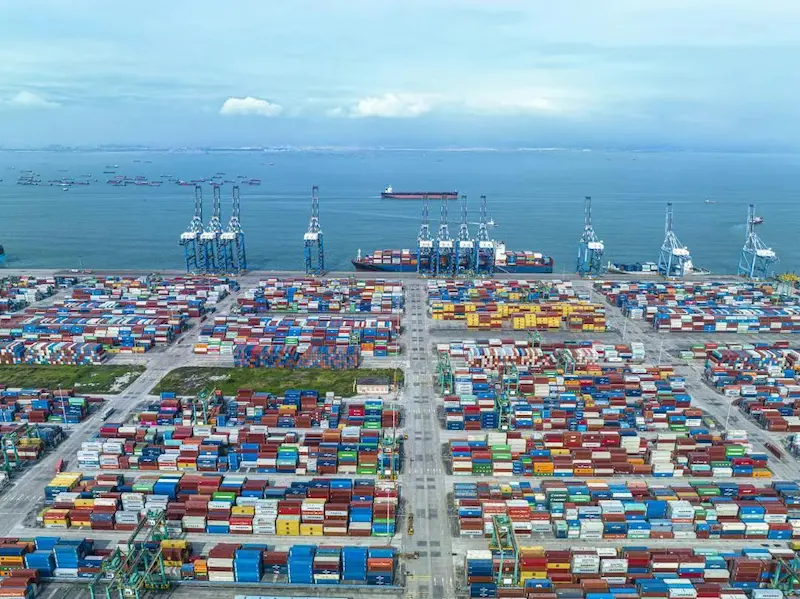For international buyers, placing an order is only half the journey. The final, critical step is getting your custom webbing from our factory floor to your warehouse door, safely and efficiently. Logistics can seem complex, filled with acronyms and paperwork. But it doesn't have to be.
We believe in total transparency. This guide peels back the curtain on our packaging and shipping process, so you know exactly how we protect your investment and can confidently choose the shipping terms that work best for you.
Step 1: Professional Packaging – Your First Line of Defense
Your webbing's journey can be long. It may travel by truck, ship, and rail, facing varying temperatures and humidity. Our multi-layer packaging is engineered to protect it every step of the way.
- Neat Rolling: Each length of webbing is carefully rolled onto a spool or into a neat roll. This prevents unsightly creases, wrinkles, and tangles, ensuring it arrives ready for your production line.
- Waterproof Inner Sealing: Every roll is sealed in a thick, durable plastic bag. This is the most crucial step for protecting against moisture, humidity, dust, and contamination during sea transit.
- Reinforced Export Cartons: We use sturdy, 5-ply corrugated cartons designed for the rigors of international shipping. They are built to be stacked without crushing, protecting the webbing inside.
- Clear Labeling (Shipping Marks): Each carton is clearly marked with essential information, including your company name, destination port, carton number (e.g., "1 of 50"), and country of origin. This ensures smooth handling and identification at every checkpoint.
- Secure Palletizing: For larger volume orders, cartons are stacked neatly on a standard export pallet, securely strapped, and then shrink-wrapped. This consolidates your shipment, prevents loss, and allows for easy and safe handling by forklifts.
Step 2: Demystifying Trade Terms (Incoterms)
Choosing the right trade term defines who is responsible for the shipment at each stage. We are flexible and can work with whatever term you prefer, but these are the most common:
- FOB (Free On Board)
- This is a popular and flexible option. Our responsibility is to produce your goods, clear them for export, and deliver them loaded 'on board' the ship at a specified port (e.g., FOB Shenzhen). From that point, you (or your freight forwarder) take control of the ocean freight, insurance, and import customs at your end. You control the cost and timing of the main transit.
- CIF (Cost, Insurance, and Freight)
- This is a convenient, "one-stop-shop" option. The price we quote includes the cost of the goods, insurance coverage, and all shipping fees to get the cargo to your country's destination port. Your only responsibility is to arrange for customs clearance and final delivery from the port to your warehouse. It's hassle-free and gives you a clear, landed cost to your port.
- EXW (Ex Works)
- With this term, our job is finished when we make the packaged goods available at our factory gate. You are responsible for arranging and paying for all transport, from picking it up at our facility to your final destination, including export and import clearance. This option offers maximum control to the buyer.
Step 3: Documentation and Tracking
Proper paperwork is the key to a smooth customs process. We meticulously prepare all necessary export documents, including:
- Commercial Invoice: Details the transaction between us and you.
- Packing List: Lists the contents, weight, and dimensions of each carton in the shipment.
- Bill of Lading (B/L): The official shipping contract. Once your order is on its way, we will send you a copy of the B/L, which allows you to track your shipment's progress across the ocean.
Shipping is the final, crucial step in our quality promise. We manage the logistics with the same precision we use to weave your webbing, ensuring your order arrives on time and in perfect condition. Request a quote today, and we'll provide a clear and competitive shipping plan for you.

